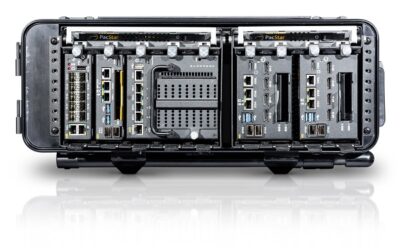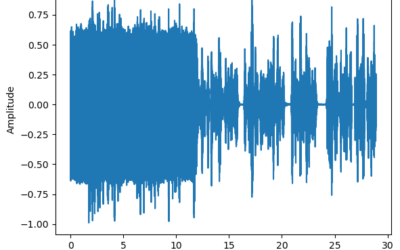Governmental Indecision Not Hampering System Innovation
The saga of the Royal Air Force’s SENTINEL R1 fleet is one of the most perplexing in recent defence procurement history. Initially devised during the Cold War, with a likely intended mission involving stand-off surveillance of Eastern Bloc tank formations massing in central Europe, the platform first saw use in combat performing very different tasks over Afghanistan. The products of its dual-mode radar – synthetic aperture imagery, and ground moving-target indicator tracks – have been in high demand from military commanders and political leaders alike, and the system has been used on missions as diverse as searching for kidnapped schoolgirls in Nigeria and monitoring flooding in Somerset. Yet its future has been in doubt since its cancellation was announced in the 2010 Strategic Defence and Security Review (SDSR), with several short-term stays of execution keeping it in service since.
Among the compromises made to keep the aircraft in service, the original fleet of five heavily modified Bombardier GLOBAL EXPRESS jets has been reduced to four. But Raytheon, the prime contractor, supplier of the radar and mission systems, carried out the integration and performs through-life deep maintenance tasks at its site at Broughton in Wales, is now putting the fifth aircraft through the important 8C check, suggesting that the customer may be looking to put that aircraft back in to service.
“That would be our interpretation,” says Roland Howell, Raytheon’s Broughton-based Managing Director of Airborne ISR. “But, to be fair, it could be seen by [the Ministry of Defence] as them taking steps to make sure they’re preserving options. My expectation would be that it will come out of 8C around January, and there’ll be a determination then.”
“The aircraft itself is still relatively young – there’s a lot of life left in it,” says Howell’s colleague Phil Nettleship, the Airborne ISR division’s Chief Technical Officer. “It’s still a really strong capability, delivering what it needs to deliver, and incredibly flexibly.”
At present, the SENTINEL fleet is due to go out of service in March 2021. The treadmill of short-term extensions following the 2010 SDSR has meant that, the 8C checks apart, major through-life upgrades that would have increased capability and enhanced ease of use have not been implemented: there has been little point in the customer spending significantly to upgrade a system that is about to be retired. Yet the reliance the RAF, the UK government and its allies continue to place upon SENTINEL’s product – in July, Air Cdre Justin Reuter, Air Component Commander in the Middle East, referred to the “in-demand” capability and described its contribution to the fight against Daesh as “vital” – suggests that this revised out-of-service date is likely to be extended.
“Obviously, we’re in discussions,” Howell says. “We’re providing input to help them understand how they might take that forward, and we’re optimistic that the right decision is going to be made.”
Raytheon has continued to invest internal resources in developing an enhanced mission system. Known as OVERSEER, the programme was intended as a mid-life upgrade for SENTINEL, but in the absence of a contract OVERSEER has become a baseline mission system Raytheon can offer to export customers on future ISR aircraft programmes. It is agnostic of both platform and sensors, so can be used to address different airborne ISR requirements.
“We have a plan around our tactical and strategic platforms, and we have a range of international opportunities that, as a company, we’re working towards,” Howell says. “They provide similar capabilities to SENTINEL but also into the broader multi-mission market. That’s what drives our investment strategies. It’s not just about SENTINEL, but the broader picture about a global market for ISR platforms, both tactical and strategic. That’s what enables us to continue to invest. We keep making the point to our MoD customer that there is benefit in that – there is a symbiosis, if you like, between the global market and SENTINEL, and that reflects what we should be looking at.”
Angus Batey

























